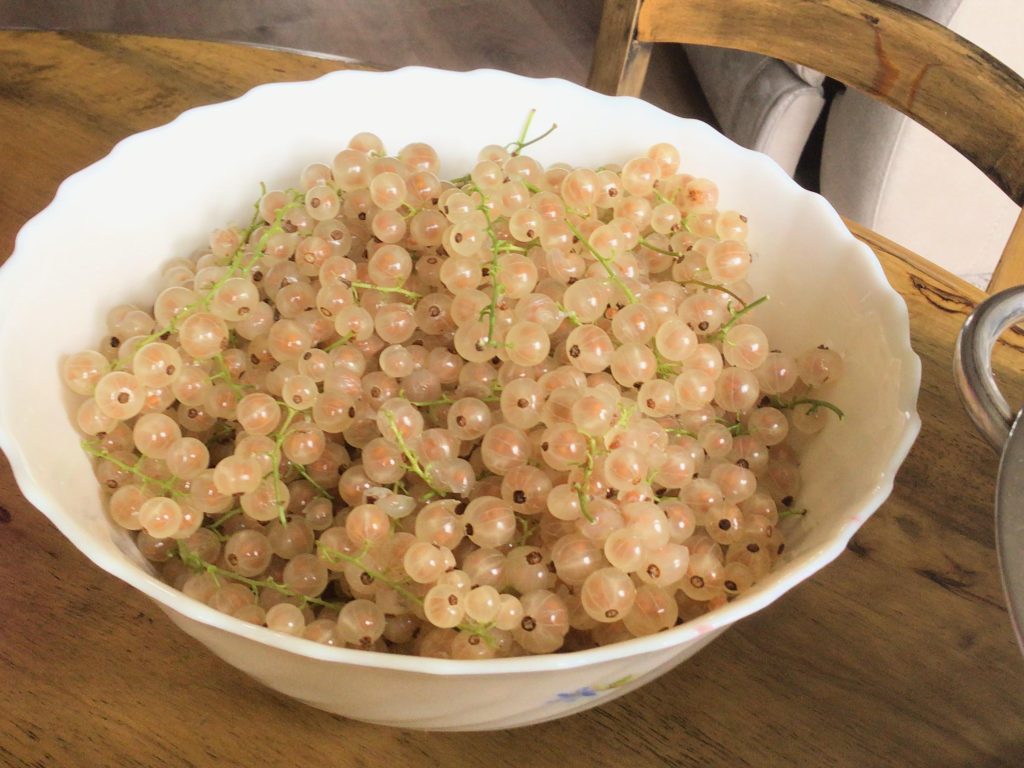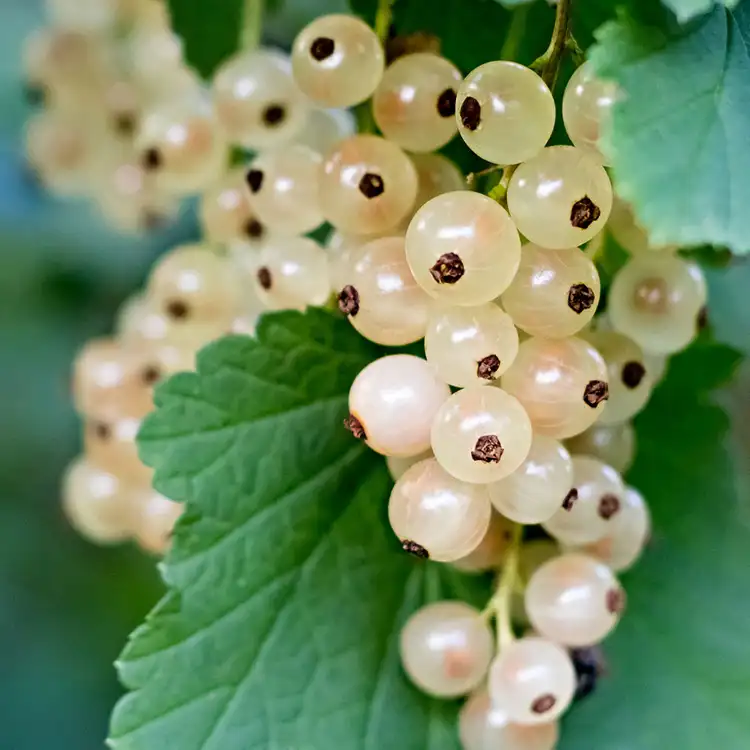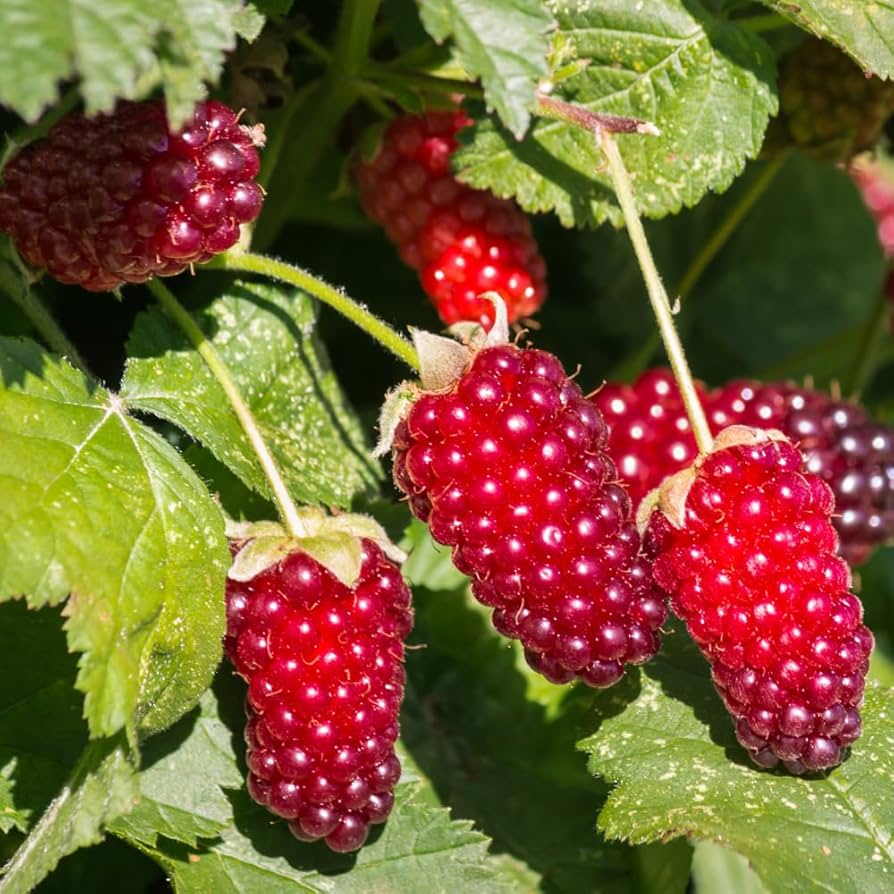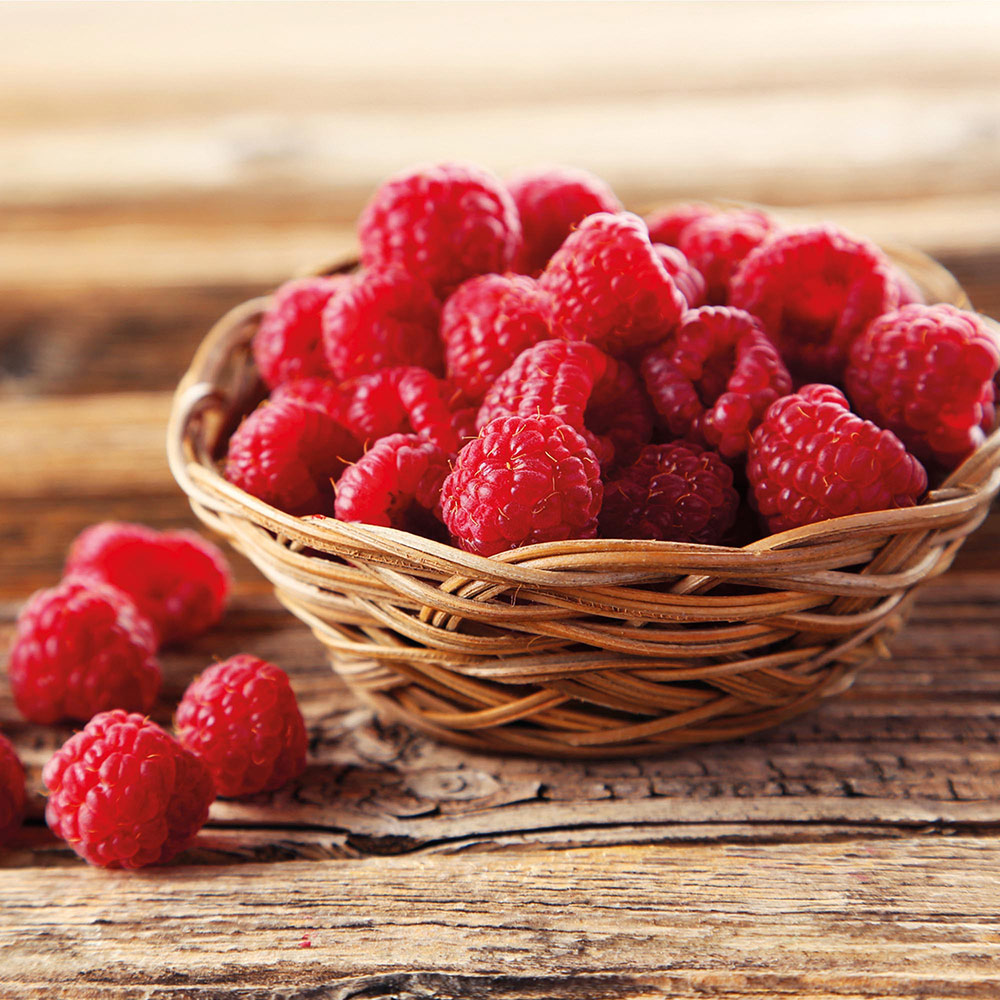White Currant (Ribes niveum Lindl.): Characteristics of the Fruit, Varietal Traits, Nutrition Facts and Distribution
The white currant (Ribes niveum), part of the Grossulariaceae family within the Ribes genus, originates from western North America. Named for its distinctive white or near-white berries, this shrub shares close relations with other currants and gooseberries.
Fruit Characteristics
White currants produce spherical berries about 0.5-1 cm in diameter—comparable in size to other currants. When ripe, these berries exhibit a unique translucent appearance ranging from pure white to milky or pale green hues. The skin is smooth, while the juicy flesh offers a sweet-tart flavor that can vary based on ripeness and specific variety. Inside each berry are numerous tiny seeds.
Varietal Traits
This deciduous shrub grows up to 1-1.5 meters tall with branches typically free from prominent thorns—a key difference from some other currants and gooseberries. White currants are fairly cold-resistant and thrive in cool, moist environments. They yield moderate amounts of fruit during summer months. Thanks to their unique color and flavor profile, these berries are often used for making jams or jellies or enjoyed fresh. While there are thornless varieties available, they are not as prevalent as thornless blackberries.
Nutritional Value and Potential Benefits
As a member of the Ribes genus, white currants provide Vitamin C along with dietary fiber and minerals. Their light coloration suggests lower anthocyanin levels compared to darker berries, but they still contain other antioxidants beneficial for health. Although specific studies on their nutritional properties are limited, it is reasonable to assume they offer health benefits similar to those found in related berry species.
Distribution and Cultivation
Native to western North America—including southern British Columbia (Canada) as well as Washington State, Oregon, and Idaho (USA)—white currants typically grow in damp forests near streamsides or on shrubby slopes. Locals sometimes harvest them for consumption directly from their natural habitat. In gardening contexts, due to their unique appearance and thornless nature, they are occasionally cultivated both ornamentally and for fruit production. Common propagation methods include cuttings and division.




